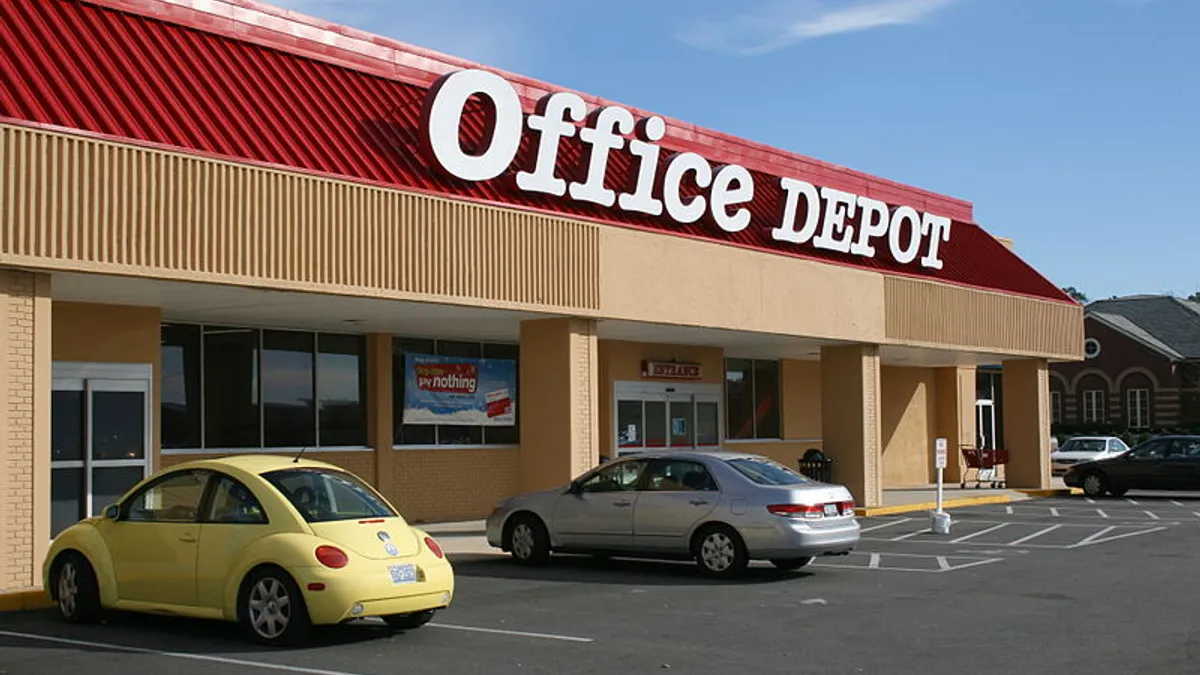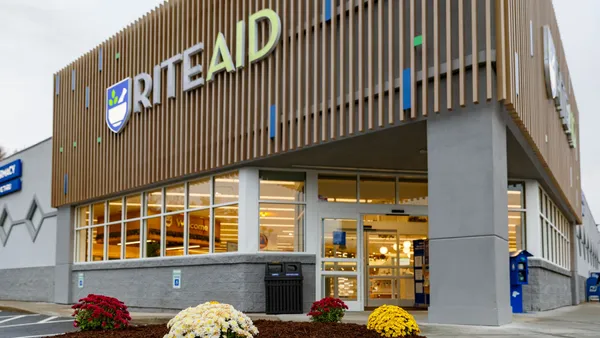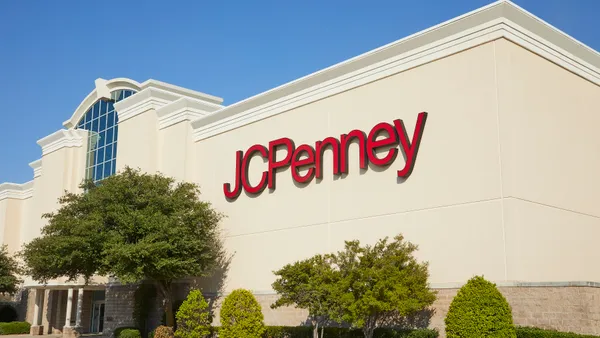Dive Brief:
- After nearly a year and a half of talks, plans and exploring its options, ODP Corp. has decided to keep itself whole and independent, according to a press release.
- The company, who owns the Office Depot and OfficeMax retail banners, rejected acquisition bids, which included offers from rival Staples as well as an unnamed suitor.
- ODP also rejected a spinoff of its consumer business, which would include its retail arm. It had been working toward a separation for more than a year, but board chair Joseph Vassalluzzo cited macroeconomic factors in saying “now is not the right time to further pursue separating the Company.”
Dive Insight:
Since 2021, ODP has charted a long, twisting path to arrive at the point at which it started: as a combined business-to-business and business-to-consumer purveyor of office supplies.
The company has managed the long-term decline of the retail office supplies sector, which has suffered from the digitization of work as well as the ascendance of retail generalists like Amazon, Walmart and Target.
Even as consumer purchases of office supplies enjoyed a boom during the pandemic’s work-from-home revolution, ODP’s retail sales only slowed their bleeding.
Separating its historically fast-growing B2B segment was meant as a way to focus each of those businesses. It may have also made it easier for a buyer to take over the consumer segment.
Staples and its private equity owner Sycamore Partners was one such potential buyer, coming to ODP last year first to buy the entire business, then targeting the consumer business.
Staples and ODP (then going by the Office Depot name) have pursued a merger in the past, only to run into rejection from the Federal Trade Commission, which took issue with combining the two largest B2B office supplies sellers. Without ODP’s B2B business involved in a deal, it may have stood a better chance with antitrust enforcers, though it would have left only one big-box retailer of office supplies.
But ODP was coy all along as Staples pursued it. It announced its plan to separate after rejecting Staples’ first offer, and continued to pursue a separation — and talking up its numerous benefits — as Staples maintained its interest. ODP then did an about-face, putting its separation plans on ice to review a new bid as well as Staples’ acquisition proposal.
As for a separation, there were always advantages in maintaining both businesses under one house, including shared supply chains, distribution, corporate operations and industry expertise, as well as having a brick-and-mortar channel available if needed for business customers.
“The two working synergistically together can create a really nice package for both your corporate-level programs alongside what the consumer might need if they are working from home or a hybrid worker, and also they can work with the small businesses,” Leen Nsouli, executive director and office supplies industry analyst for NPD, told Retail Dive earlier this year.
Vassalluzzo also cited “the benefits of maintaining purchasing and supply chain synergies” in announcing the decision to stay whole.
All that said, ODP seemed to leave open the possibility for a separation down the road, saying that it opted not to continue the process “at this time.” Moreover, the company has restructured under a holding company structure, with its operations cordoned off into four separate LLCs for its retail, B2B sales, distribution and digital platform technology units.













